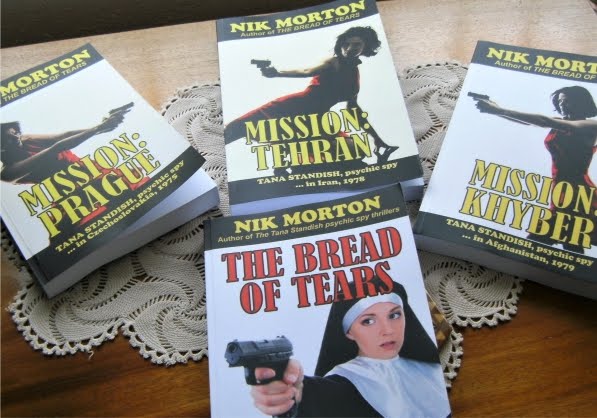The Spanish City was founded in 1908 and formally
opened in 1910, when a dance hall was added.
The Spanish City, 1910 - Wikipedia commons
In 1920, the Spanish City became the Empress
Ballroom. In 1979 the Rotunda Ballroom was converted into the starlight rooms
for live entertainment.
Its funfair was extremely popular with fairground
rides and amusements, including a 'Corkscrew' roller coaster—which has now
moved to Flamingoland in Yorkshire—ghost train and the waltzers, the House that
Jack Built, and the Fun House.
Its centrepiece was its distinctive dome, now a
Grade 2 listed building; when it was built it was believed to be the second
largest unsupported concrete dome in the UK. There are towers on either side of
the entrance to the fairground, and situated on top of them two half-life-size
female lead figures, one carrying a cymbal, the other a tambourine. The
building's architects were from a local firm.
The Dome has had a number of uses over the years
as a ballroom, amusement arcade, and Laser Quest Laser Tag Arena.
The band Dire Straits immortalized the Spanish
City in their 1980 Mark Knopfler song, "Tunnel of Love," and
thereafter the song was played every morning when the park opened. Cullercoats
and Whitley Bay are also mentioned in the song.
All things considered, it lasted a long time but
was mostly demolished in the late 1990s.
[Most facts supplied by Wikipedia, the rest from memory...]



























2 comments:
Fascinating story about Whitley bay, Nik! And I never realised that about Dire Straits recording of Tunnel of Love... always been one of my fav groups, with incredible guitar playing from Mark the lead guitarist.
Thanks, Jan. I never knew your Mark was a lead guitarist? :)
Post a Comment